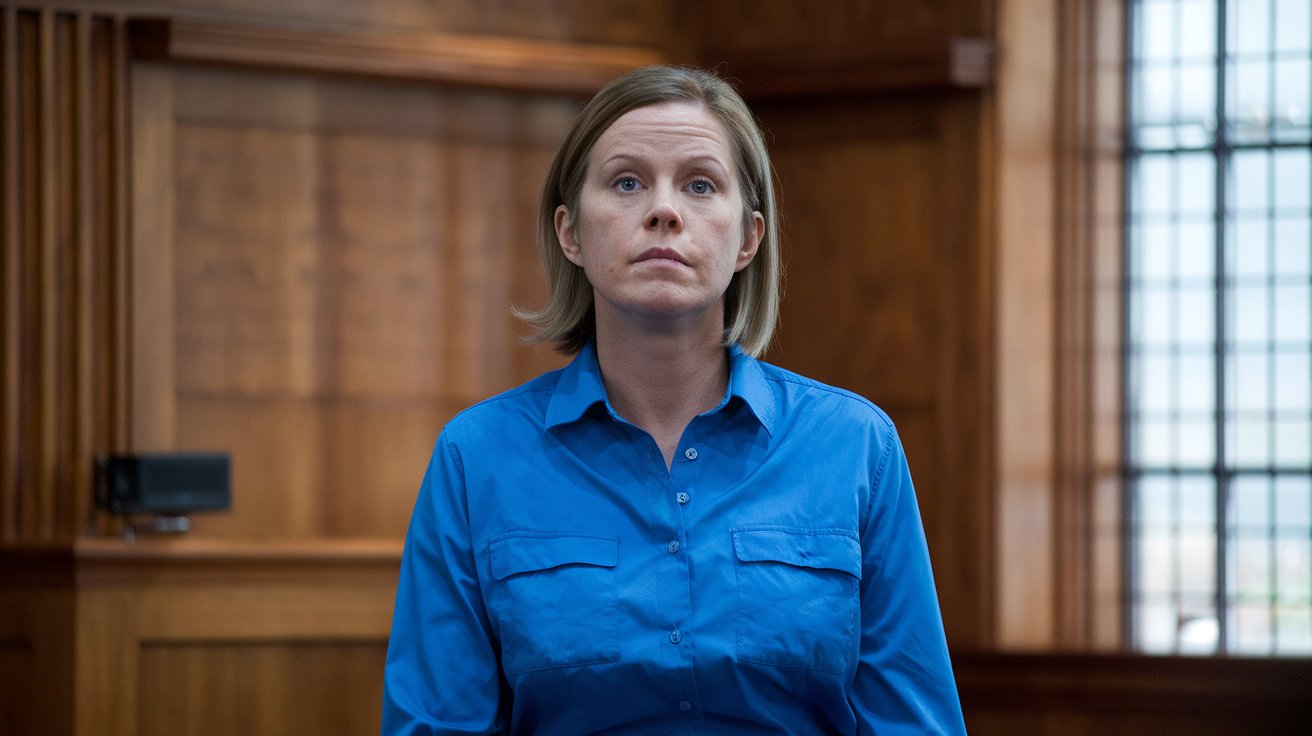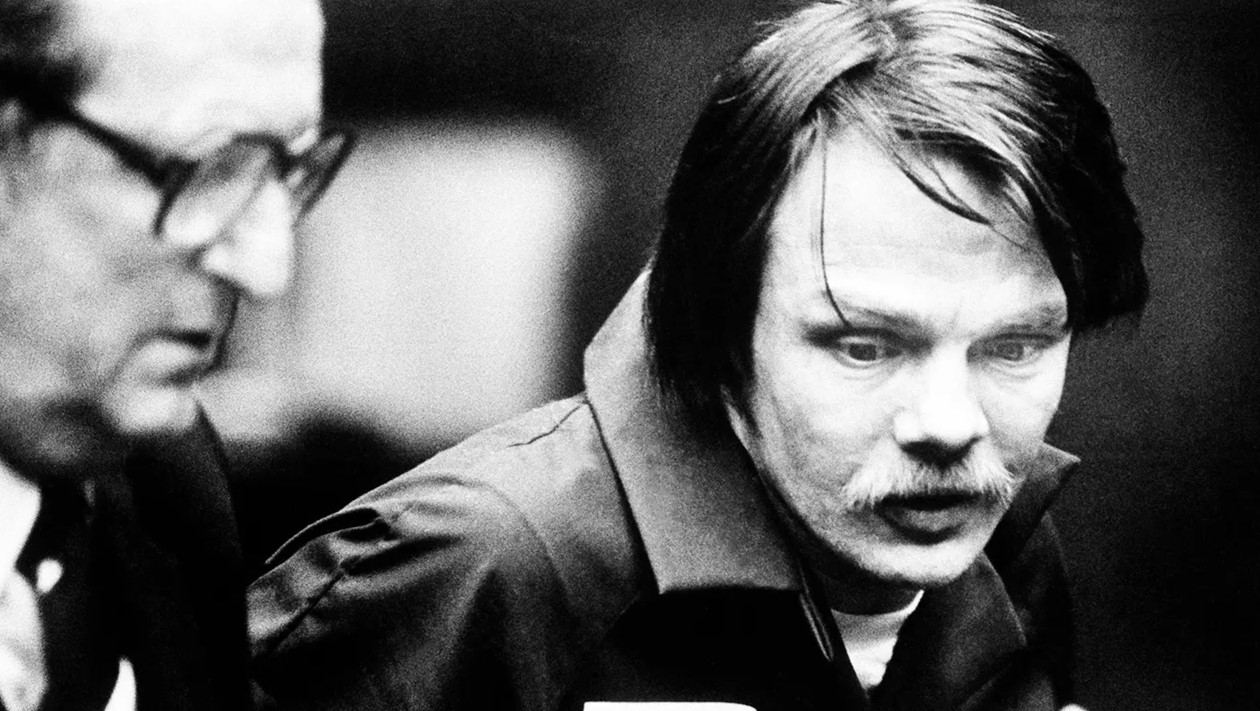
Who was Aileen Wuornos, and why does her story continue to captivate true crime enthusiasts? Aileen Carol Wuornos, born on February 29, 1956, in Rochester, Michigan, is one of America's most infamous female serial killers. Her life was a tragic blend of abuse, neglect, and violence, leading her to a path of crime and ultimately, murder. Between 1989 and 1990, she killed six men in Florida, claiming self-defense against attempted rape. Wuornos' troubled childhood, marked by abandonment and abuse, shaped her into a complex figure whose actions still spark debate. Her story, depicted in films like Monster, raises questions about the nature of self-defense and mental health.
Key Takeaways:
- Aileen Wuornos' troubled upbringing and early experiences shaped her into the infamous figure she became, leading to a life of crime and instability.
- Despite her tragic life and violent crimes, Aileen Wuornos remains a captivating figure in true crime history, inspiring numerous documentaries, books, and films.
Early Life and Family
Aileen Wuornos' life began under a dark cloud, setting the stage for her troubled future. Her early years were marked by instability and abuse, shaping the person she would become.
-
Birth and Early Life: Aileen Carol Wuornos was born on February 29, 1956, in Rochester, Michigan, to Diane Wuornos and Leo Pittman.
-
Parental Divorce: Her parents divorced before her birth, and her mother, Diane, was only 16 years old when Aileen was born.
-
Father's Conviction: Leo Pittman was convicted of child molestation and later committed suicide in prison in 1969.
-
Abandonment: Diane abandoned Aileen and her older brother, Keith, when they were young, leaving them with their grandparents, Lauri and Britta Wuornos.
-
Adoption: Aileen and Keith were legally adopted by their grandparents in 1960.
-
Childhood Abuse: Aileen suffered physical and sexual abuse at the hands of her grandfather, Lauri, who was a harsh disciplinarian.
Troubled Adolescence
Aileen's teenage years were filled with turmoil. She faced numerous challenges that pushed her further into a life of crime and instability.
-
Early Sexual Activities: By the age of 11, Aileen began engaging in sexual activities in exchange for cigarettes, drugs, and food.
-
Sibling Relationship: Aileen had a complicated relationship with her brother, Keith, and the two were known to have engaged in sexual activities with each other during childhood.
-
Pregnancy at 14: In 1970, at the age of 14, Aileen became pregnant after being raped by a family friend.
-
Giving Up the Child: She gave birth to a boy on March 23, 1971, at a home for unwed mothers and the child was placed for adoption.
-
Dropping Out of School: After giving birth, Aileen dropped out of school and began supporting herself through prostitution.
-
Living Situation: She spent time living in the woods near her old home and supported herself through various means, including prostitution.
Early Adulthood and Crime
As Aileen entered adulthood, her life continued on a downward spiral. Her criminal activities began to escalate, leading to more serious offenses.
-
Grandmother’s Death: A few months after her son was born, Aileen’s grandmother, Britta, died from liver failure.
-
Grandfather’s Harsh Discipline: Aileen’s grandfather, Lauri, threw her out of the house when she was 15, leading to her living in the woods and engaging in sex work.
-
Hitchhiking and Prostitution: By the early 1980s, Aileen had moved to Florida and was working as a prostitute along highways.
-
Marriage to Lewis Fell: In 1976, Aileen married Lewis Fell, a wealthy yachtsman who was 69 years old at the time. Their wedding made the society pages, but the marriage was short-lived and ended in annulment after just nine weeks.
-
Assault on Husband: Aileen assaulted her husband with a cane, leading to a restraining order against her and the eventual annulment of their marriage.
-
Relationship with Tyria Moore: In 1986, Aileen met Tyria Moore at a bar in Daytona Beach, Florida, and the two began a romantic relationship that lasted until Aileen’s arrest in 1991.
The Killing Spree
Aileen's most infamous period began in the late 1980s. Her actions during this time would cement her place in true crime history.
-
Stolen Goods: Aileen and Tyria sold stolen items at Florida pawnshops, which later became crucial evidence in the murder investigations.
-
First Victim: The first victim was Richard Mallory, a 51-year-old shop owner who was picked up by Aileen along Interstate 75 in Florida for sex.
-
Murder Spree: Between 1989 and 1990, Aileen Wuornos shot and killed six men, claiming that each murder was in self-defense against attempted rape or rape.
-
Arrest and Confession: Aileen was arrested in January 1991 on an outstanding warrant and subsequently confessed to seven murders during a four-hour videotaped interrogation.
-
Self-Defense Claim: Aileen maintained that all her victims had either raped or attempted to rape her, and that the homicides were committed in self-defense.
Trial and Execution
Aileen's trial and subsequent execution were highly publicized events. Her case raised many questions about justice and mental health.
-
Execution: Despite her claims of self-defense, Aileen was sentenced to death for six of the murders and executed by lethal injection on October 9, 2002.
-
Media Portrayal: Aileen’s story has been depicted in various media, including the 2003 film Monster, starring Charlize Theron, which won the Academy Award for Best Actress for Theron’s portrayal.
-
Books and Documentaries: Her life has also been documented in books such as Dead Ends by Michael Reynolds and Lethal Intent by Sue Russell, as well as in documentaries and other media.
-
Adoption by Arlene Pralle: While in jail, Aileen was formally adopted by Arlene Pralle, a born-again Christian horse trader who had seen her photo in the local newspaper.
-
Conflict with Adoptive Family: Aileen later had a falling out with Pralle and her lawyer, Steven Glazer, accusing them of exploiting her story.
Psychological and Legal Issues
Aileen's mental state and legal troubles were significant aspects of her life. These factors played a crucial role in her actions and the way she was perceived by the public.
-
Psychological Evaluation: Aileen’s sanity was questioned during her trial, with some arguing that she was mentally unstable and others suggesting that she was faking her claims of self-defense.
-
Legal Issues: Before her killing spree, Aileen had a history of legal issues, including arrests for prostitution, illegal possession of a firearm, forgery, assault, and robbery.
-
Erratic Behavior: Her associates and law enforcement personnel often described her as erratic and easily angered, with frequent notes in her arrest records stating “Attitude POOR”.
Relationships and Evidence
Aileen's relationships and the evidence collected against her were pivotal in her eventual capture and conviction.
-
Relationship Dynamics: Aileen’s relationship with Tyria Moore was intense but ultimately ended before her final arrest. Moore had become suspicious of Wuornos’ activities and moved to Pennsylvania.
-
Pawnshop Connection: Police discovered items belonging to Richard Mallory at a local pawnshop, which led them to trace other stolen goods to Wuornos. A camera from Mallory's car was found in a rented warehouse unit opened with a key taken from Wuornos.
-
Confession and Investigation: Wuornos’ confession was elicited by police using Tyria Moore, who had been tracked down by authorities. The confession led to the discovery of more evidence linking Wuornos to the crimes.
-
Legacy and Impact: Despite her tragic life and violent crimes, Aileen Wuornos remains a fascinating figure in true crime history, inspiring numerous documentaries, books, and films. Her story continues to captivate audiences, raising questions about the nature of self-defense and the complexities of human psychology.
The Tragic Tale of Aileen Wuornos
Aileen Wuornos' life, marked by abuse, neglect, and violence, paints a grim picture of a troubled soul. Born into chaos, she faced abandonment, sexual abuse, and early exposure to crime. Her descent into prostitution and subsequent murders of six men in Florida highlight a life spiraling out of control. Despite her claims of self-defense, Wuornos was sentenced to death and executed in 2002. Her story, depicted in films like Monster and numerous documentaries, continues to captivate and horrify. It raises questions about the impact of childhood trauma and mental health on criminal behavior. Wuornos remains a significant figure in true crime history, a reminder of the complexities of human psychology and the devastating effects of a life marred by relentless suffering.
Frequently Asked Questions
Was this page helpful?
Our commitment to delivering trustworthy and engaging content is at the heart of what we do. Each fact on our site is contributed by real users like you, bringing a wealth of diverse insights and information. To ensure the highest standards of accuracy and reliability, our dedicated editors meticulously review each submission. This process guarantees that the facts we share are not only fascinating but also credible. Trust in our commitment to quality and authenticity as you explore and learn with us.


